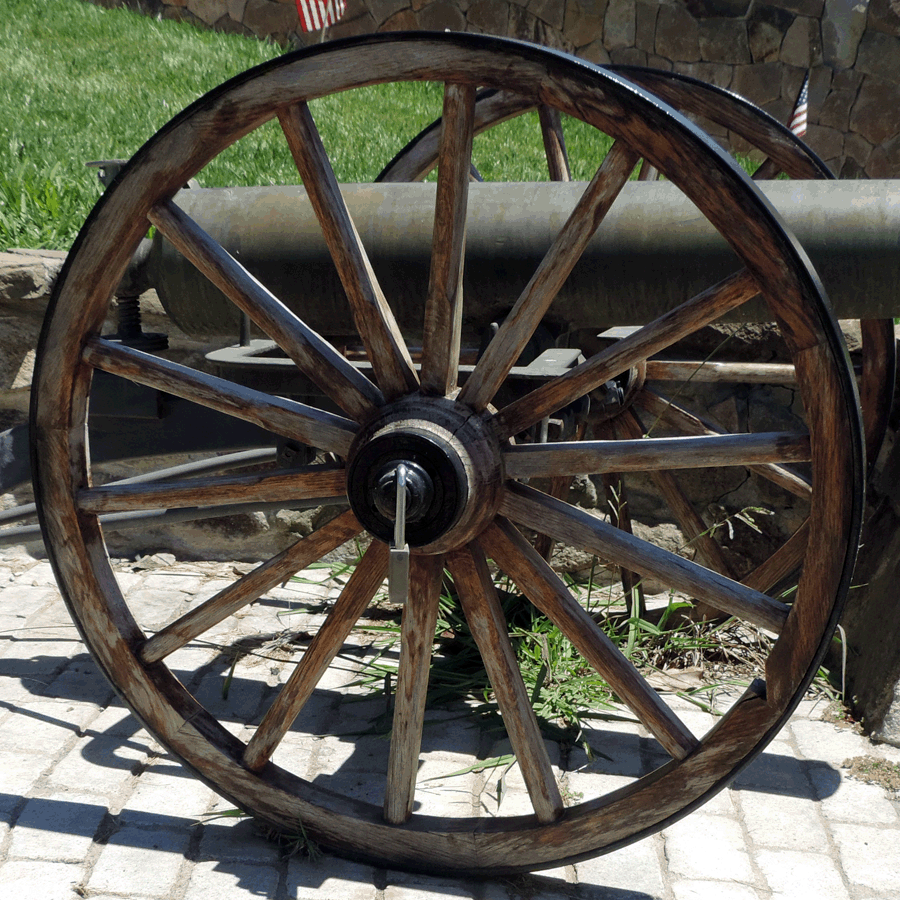I used Annuals for
Northern California, by Bob Tanem and Don Williamson, as another source for
learning about plants for my front planter project. It is published by Lone
Pine Publishing (2002). Bob Tanem is a retired nursery plants man who hosts
several popular radio gardening shows in the San Francisco Bay Area.
The table of contents for the book is a series of beautiful
flower pictures, in alphabetical order by common name. This is a great
approach, especially for gardeners who are just learning! The introduction
describes annuals, the California climate, principles for gardening with
annuals, how to get started, how to pick the right plant for the right location
in the garden, how to prepare the garden for planting, and how to plant and
grow annuals. The descriptions of annuals for northern California are organized
alphabetically. The descriptions provide information about the plant, its habit
and requirements, tips, recommendations, and potential problems and pests.
Beautiful photographs accompany each description, giving an up close view of
both flowers and foliage. For reference, the fundamental information is
compiled into a chart indicating flower color, sowing recommendations, height,
hardiness, light requirements, and soil conditions.
I love this book’s beautiful pictures, easy-to-use approach,
and its compact, portable size. I also appreciate that it includes both
California natives, and plants that thrive in a Mediterranean climate. Annuals
add a splash of color in the garden. They are ideal plants for containers, so
it makes perfect sense to go beyond the purely California native palette. This
book gave me a lot of good ideas for my garden planters or containers,
including flowering maple, ornamental kale in beautiful colors, and spider
flowers.

















